During a train journey from Jaipur to Jodhpur, we were pleasantly surprised to see vast vistas of shallow salt plains with what looked like Flamingos in the far distance. A quick check on the route revealed we were crossing the Sambhar Lake. Located some 90km South West of Jaipur, it’s India’s largest inland salt lake. Sambhar Lake is a Ramsar Site, meaning it’s an extremely important wetalnd bird habitat, supporting tens of thousands of resident and migratory birds.
When back to Jaipur, we decided on taking a small day trip to the Sambhar Lake. We took the NH8, past Bagru, and took a right at Bichun. A right from Phulera and a right just before the Railway Crossing before Sambhar Lake City and we followed a tiny road through a village to a small water body adjacent to the Sambhar Lake. We spent a beautiful morning birding, and when the sun rose high enough, we took a breather for breakfast and chai at a nearby ‘tapri’. The urban world of city-life and its anxieties seemed to have melted away. After the breakfast, following the road ahead we reached an ancient temple and some gorgeous landscape.
Since we had a lunch waiting for us in Jaipur, we had to leave by noon. But overall, a great day spent amidst nature, barely 100km from Jaipur.
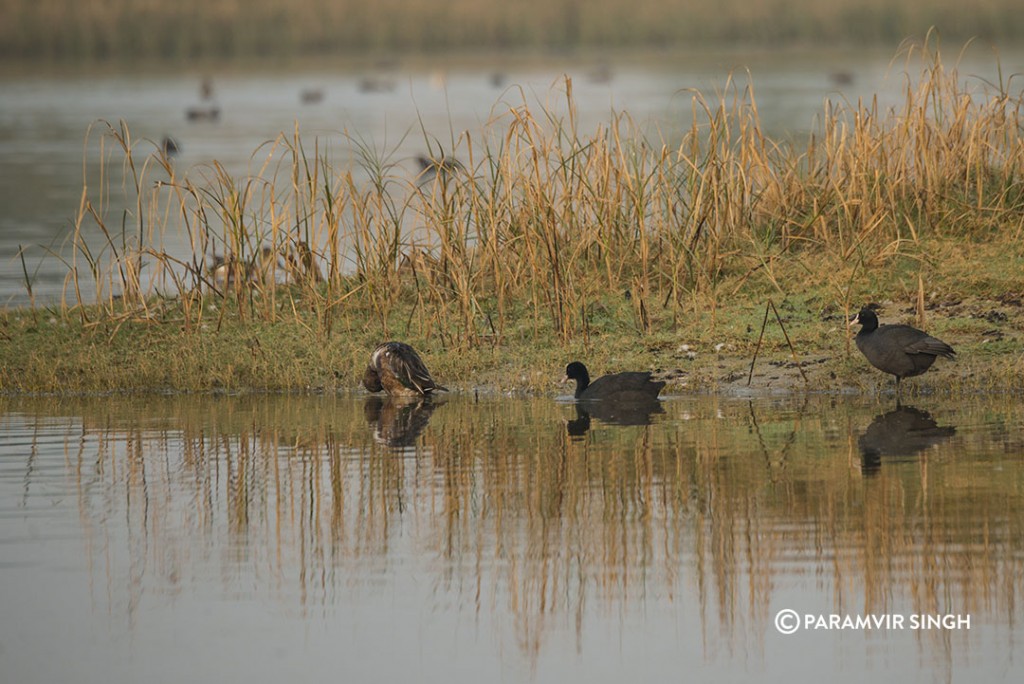
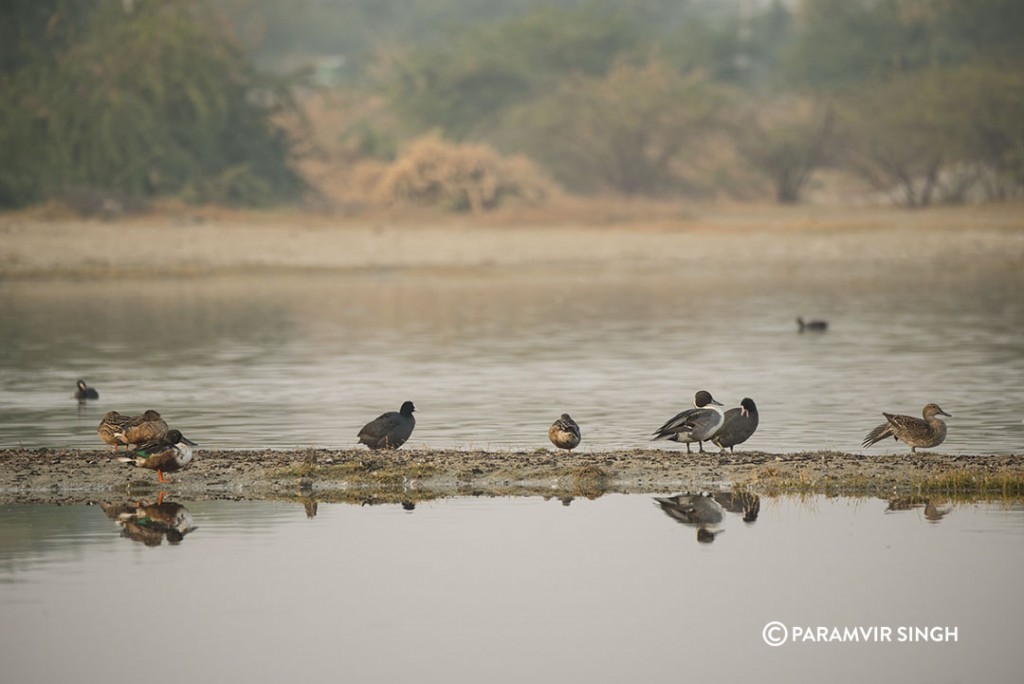
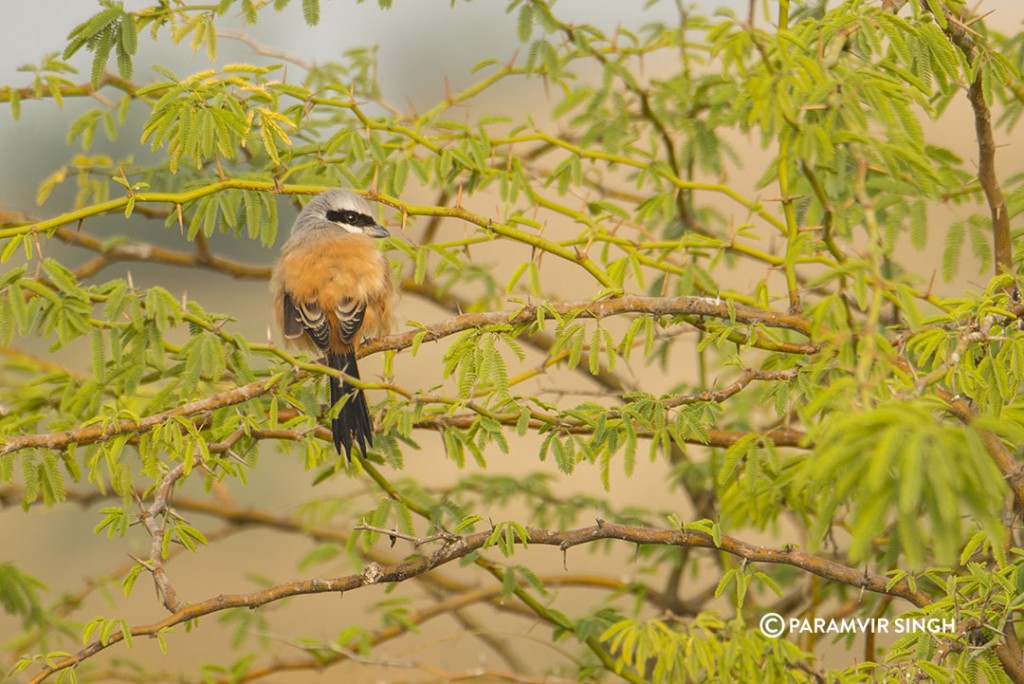
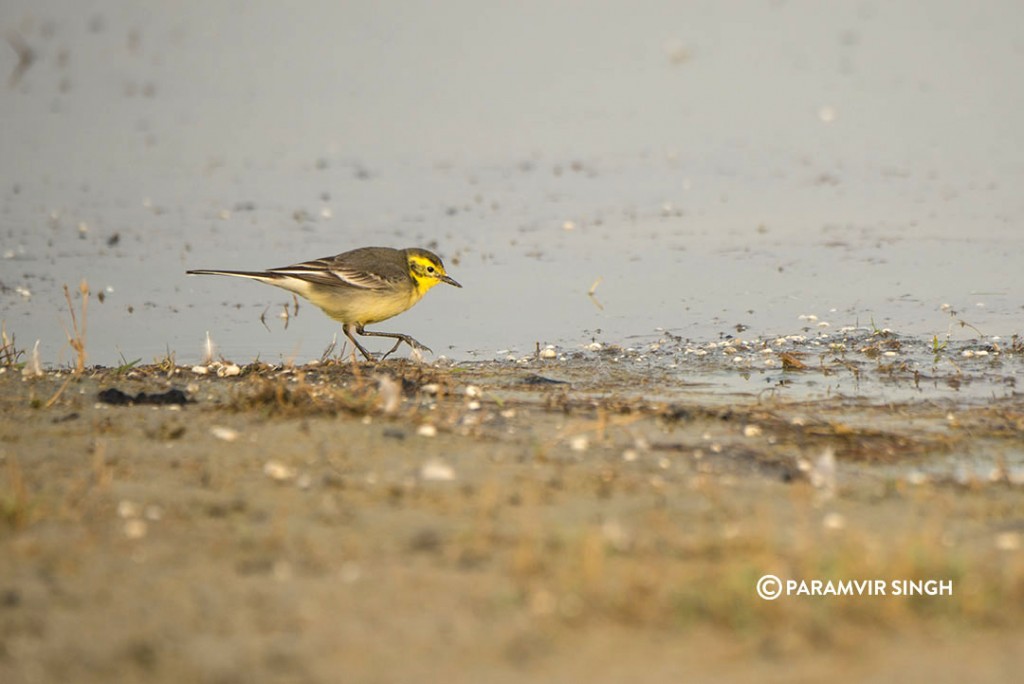
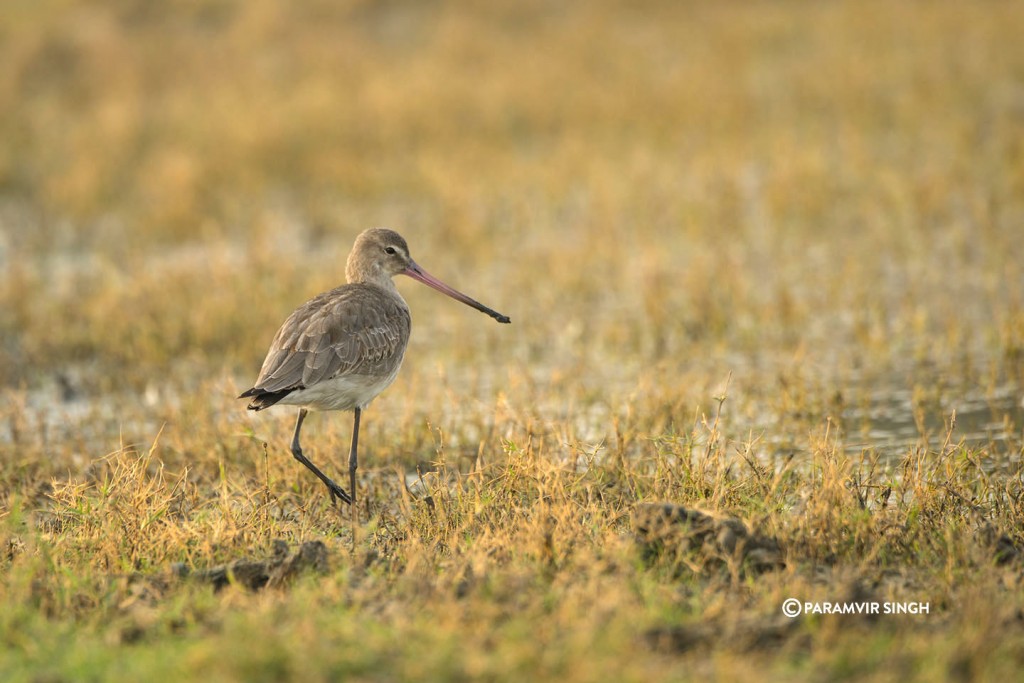
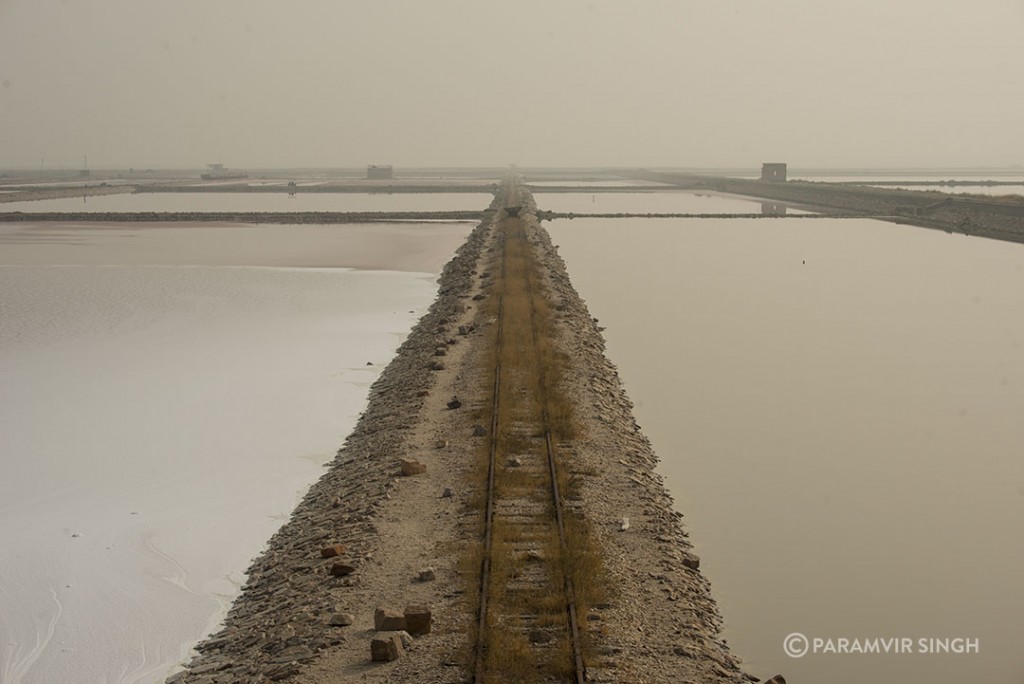
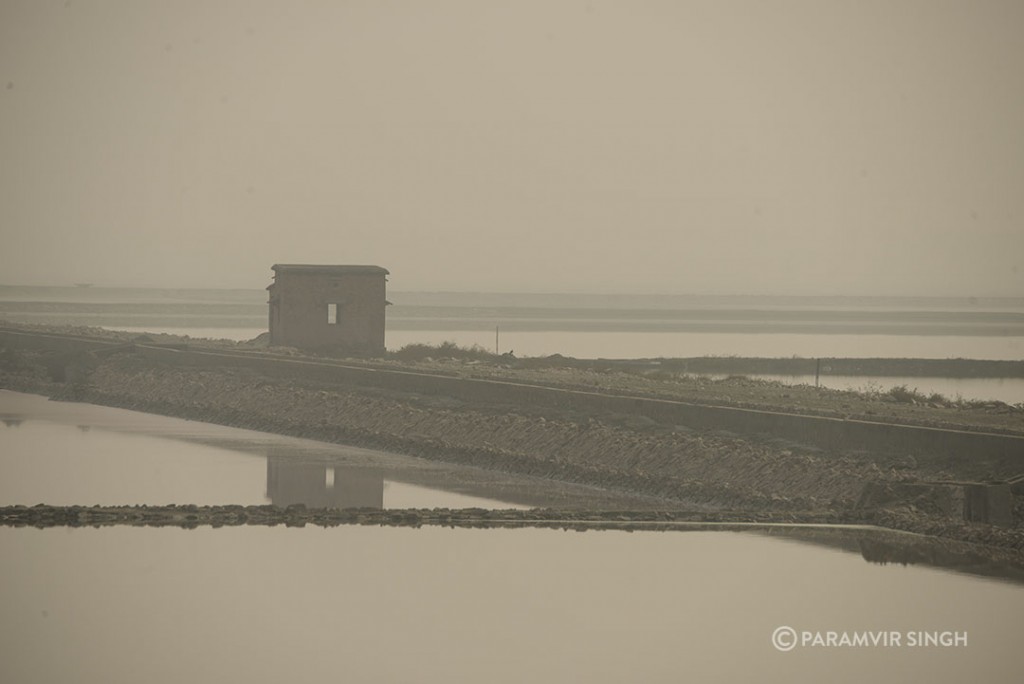
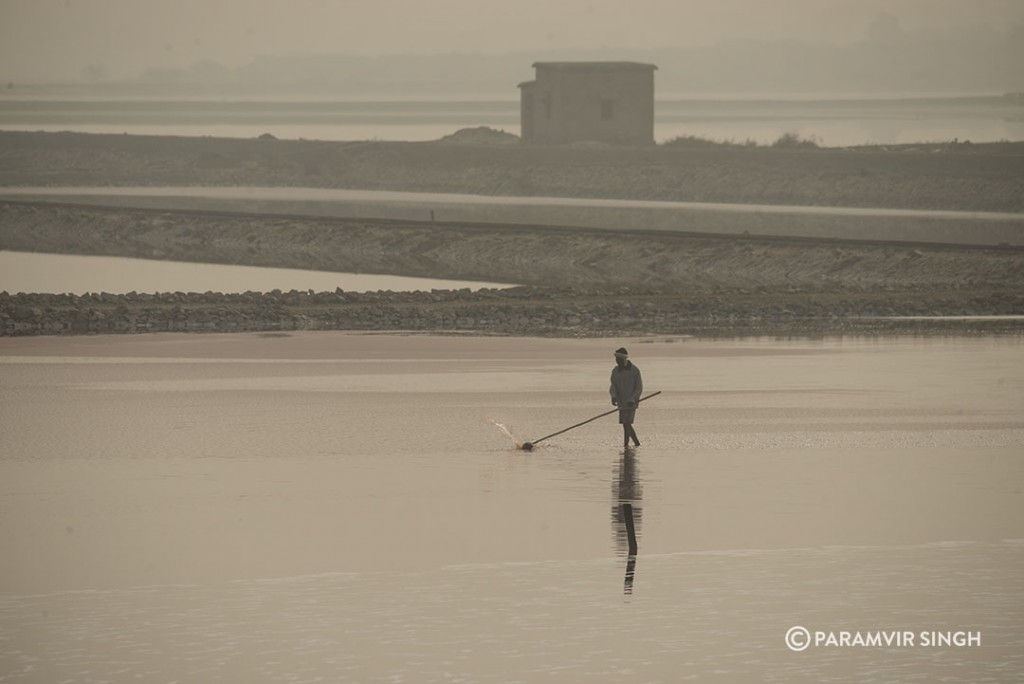
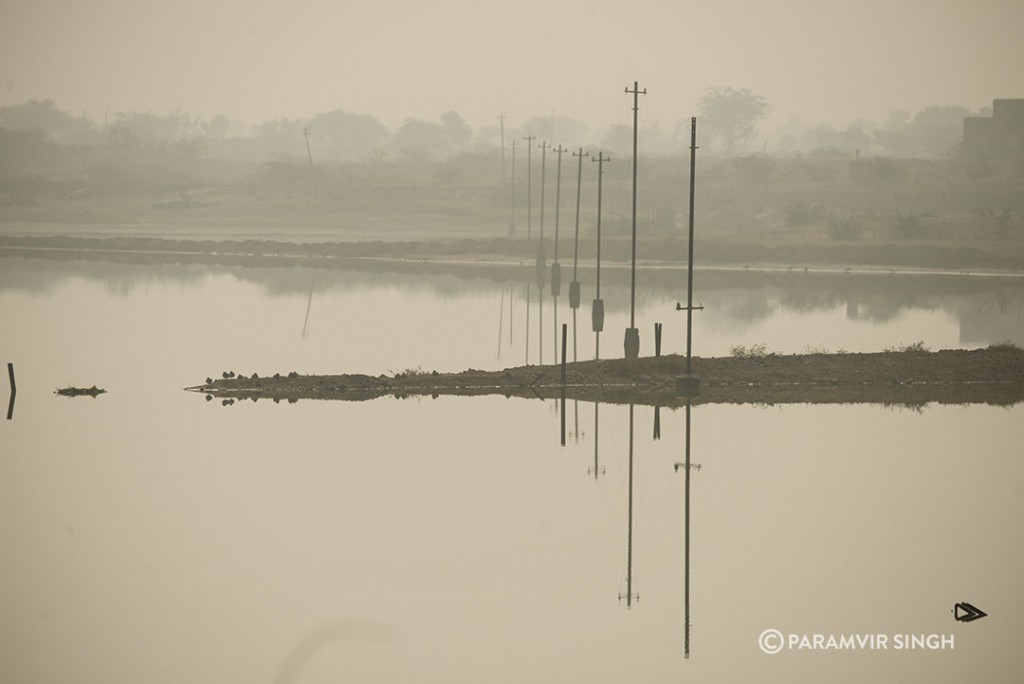
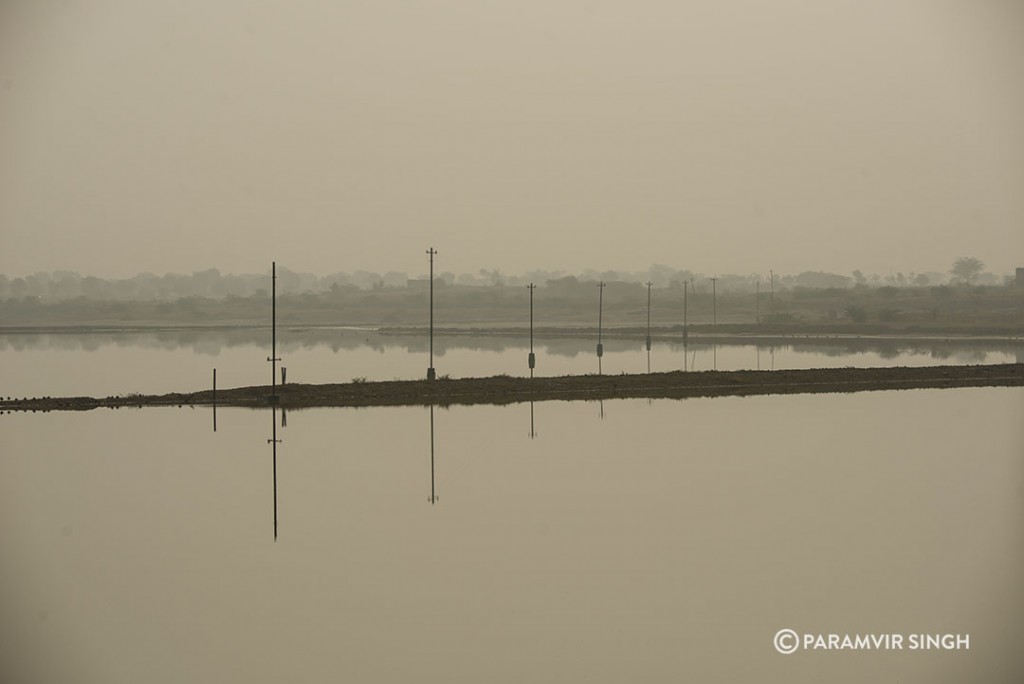
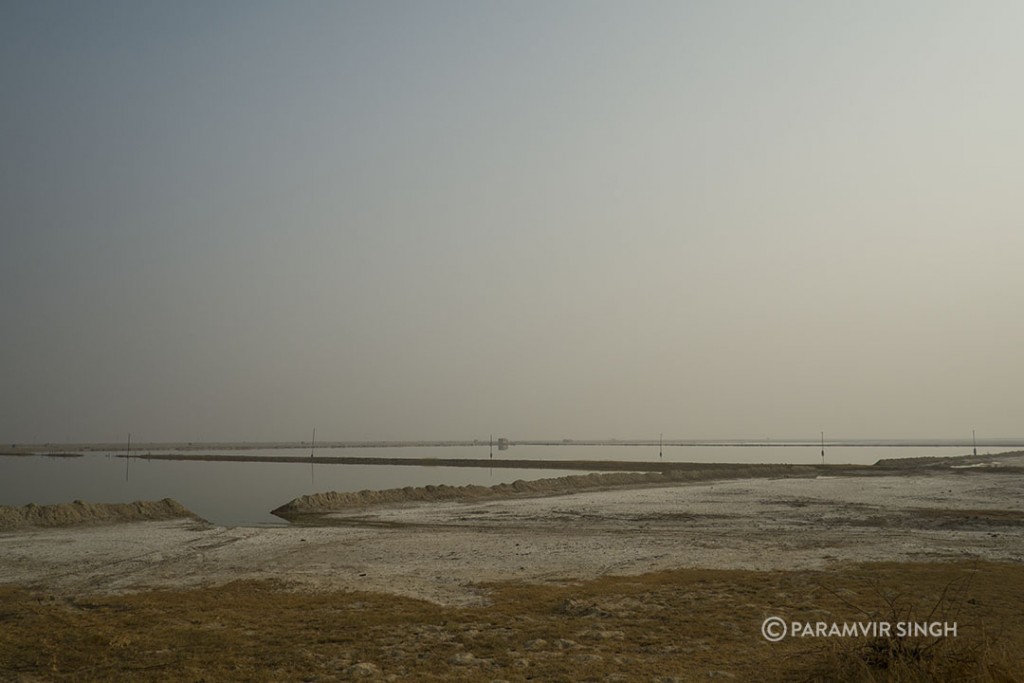
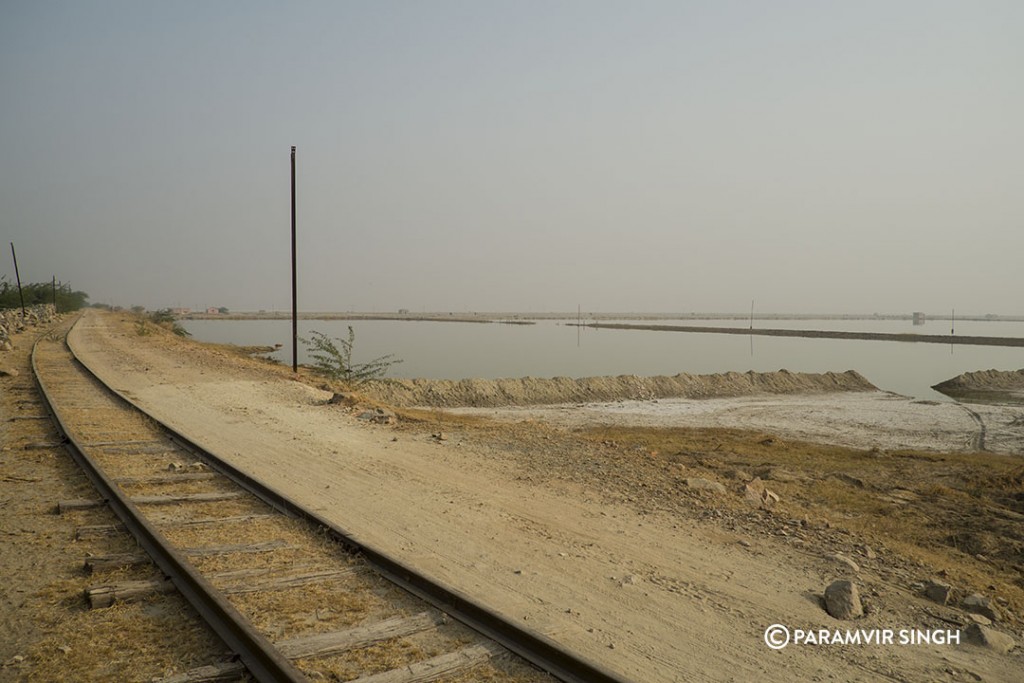
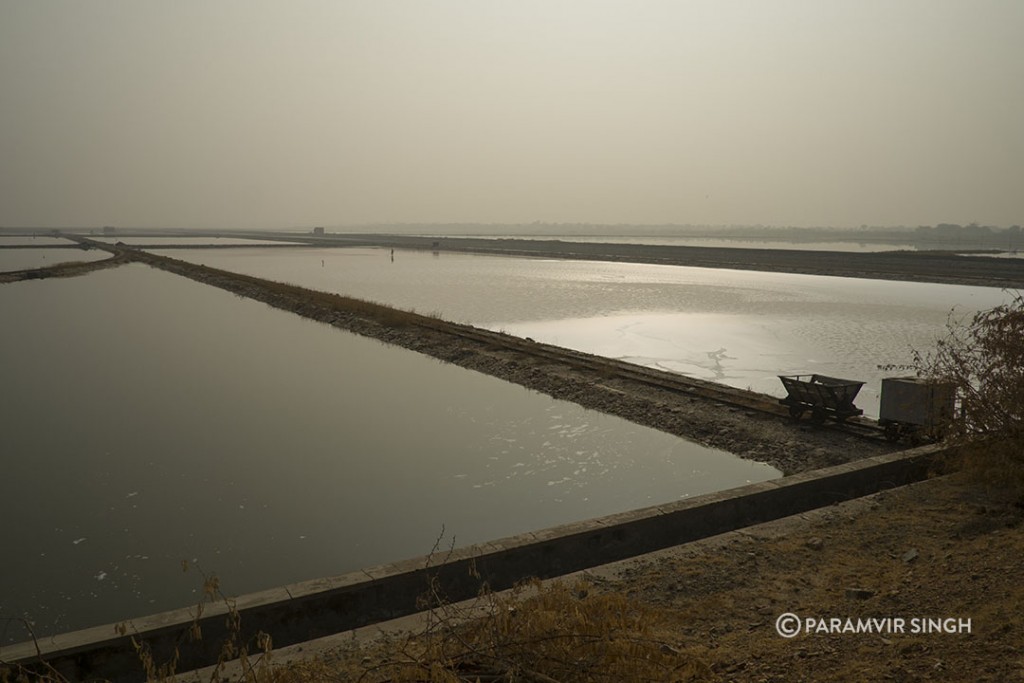
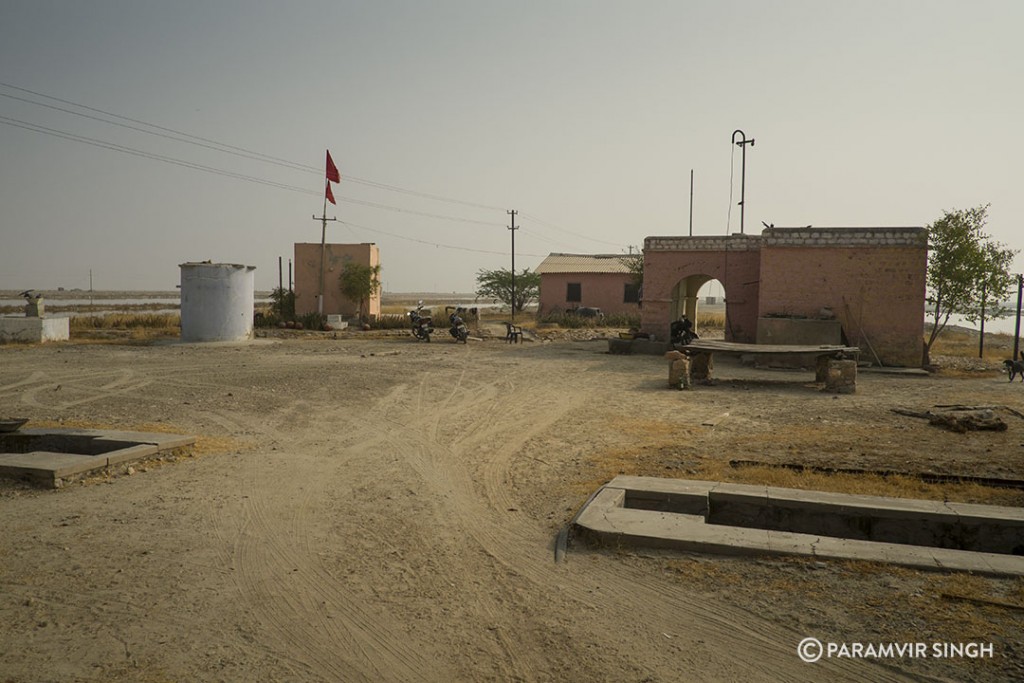
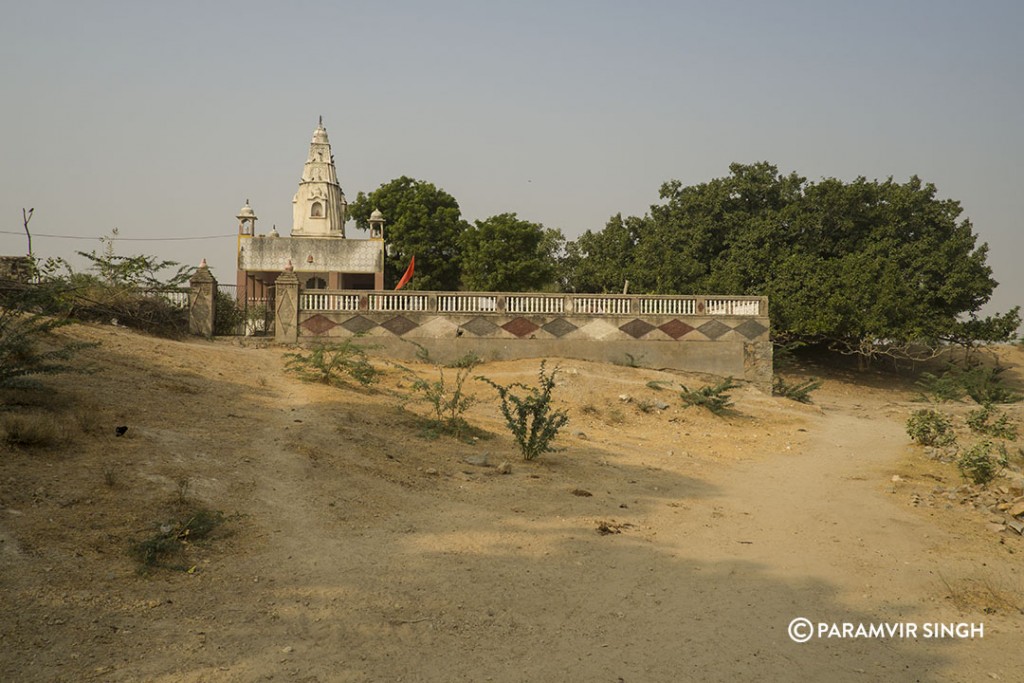
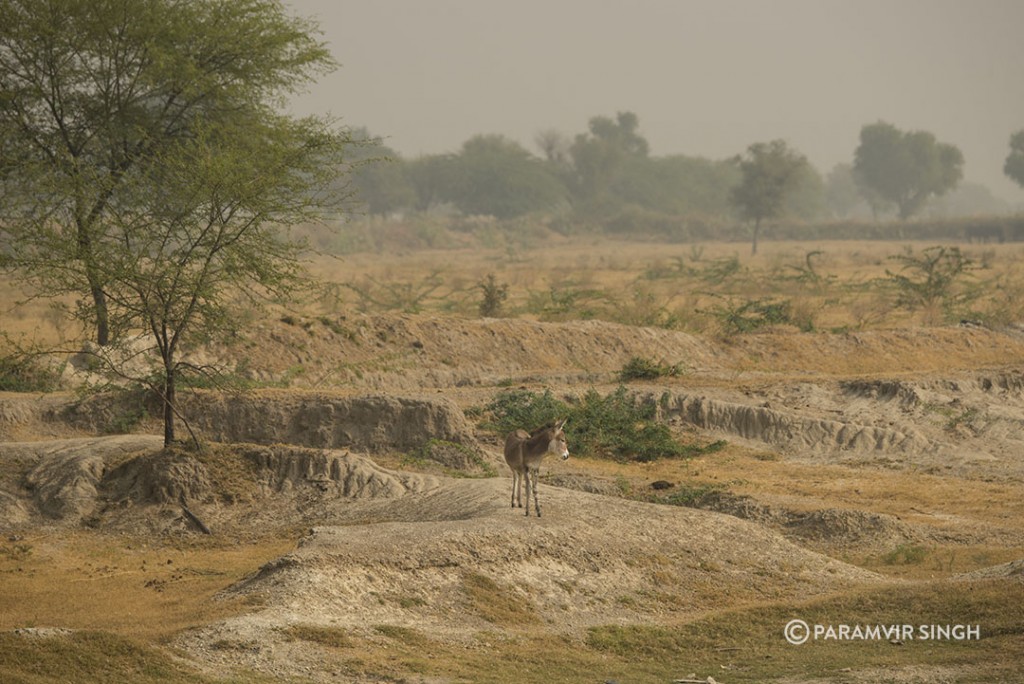
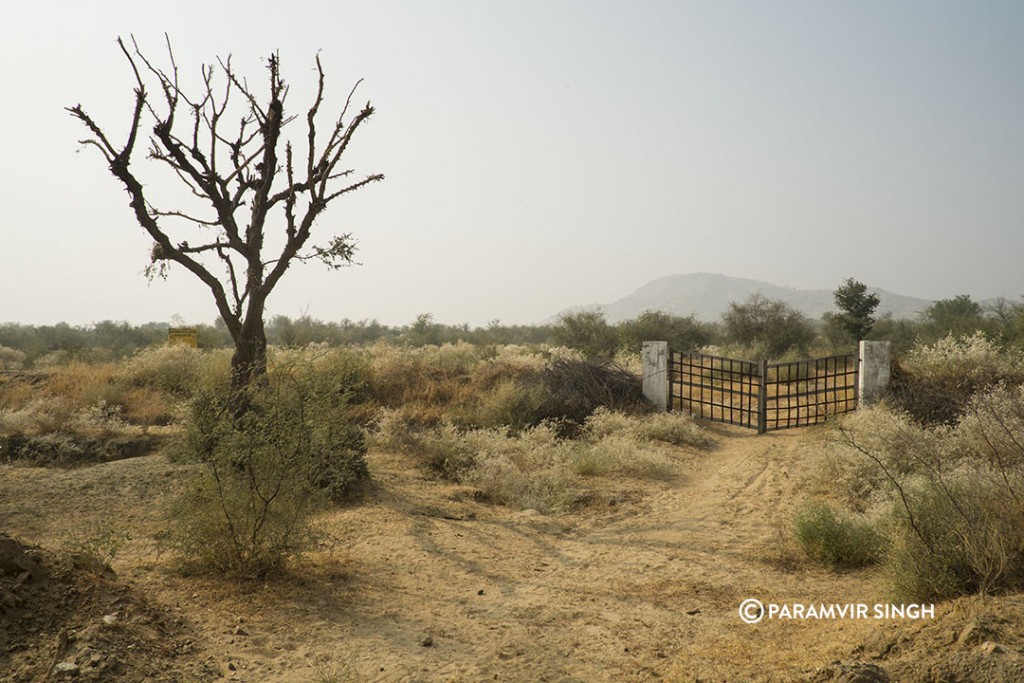
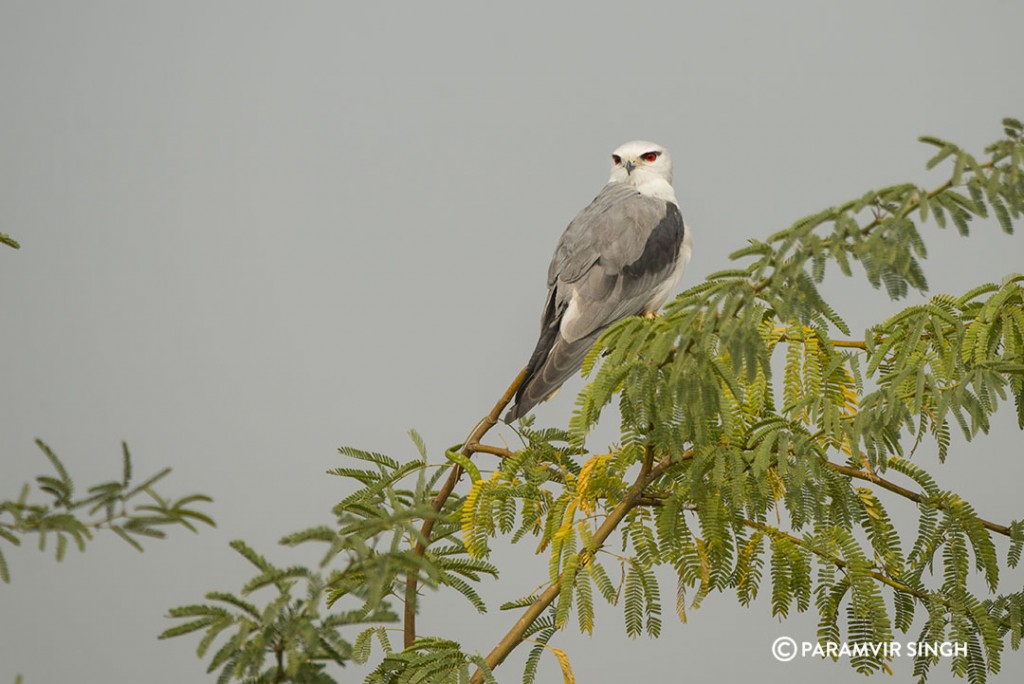
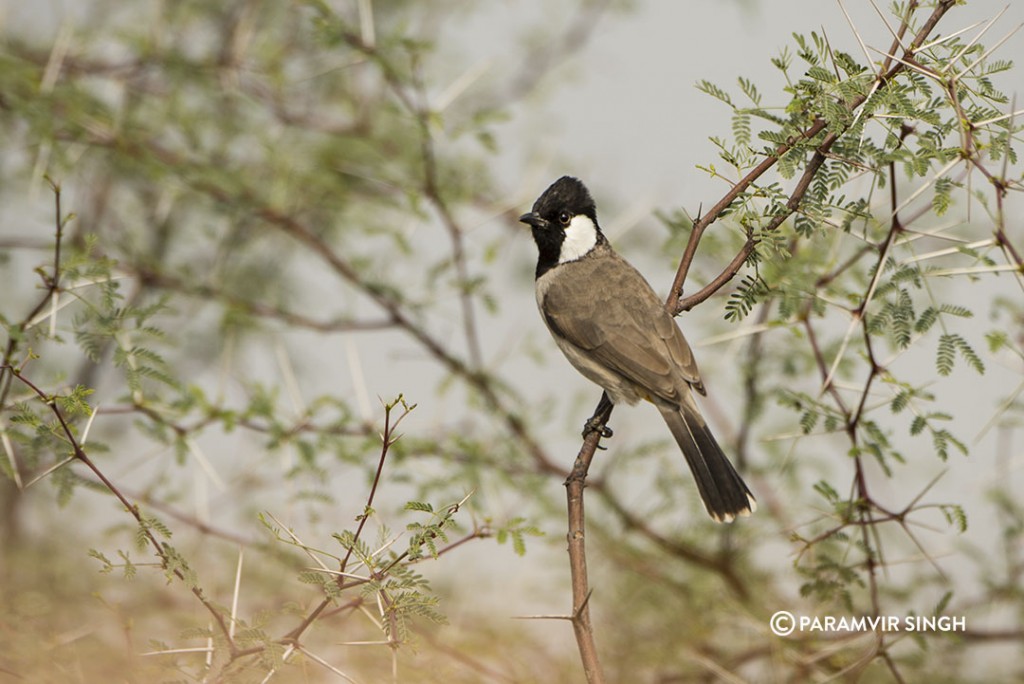
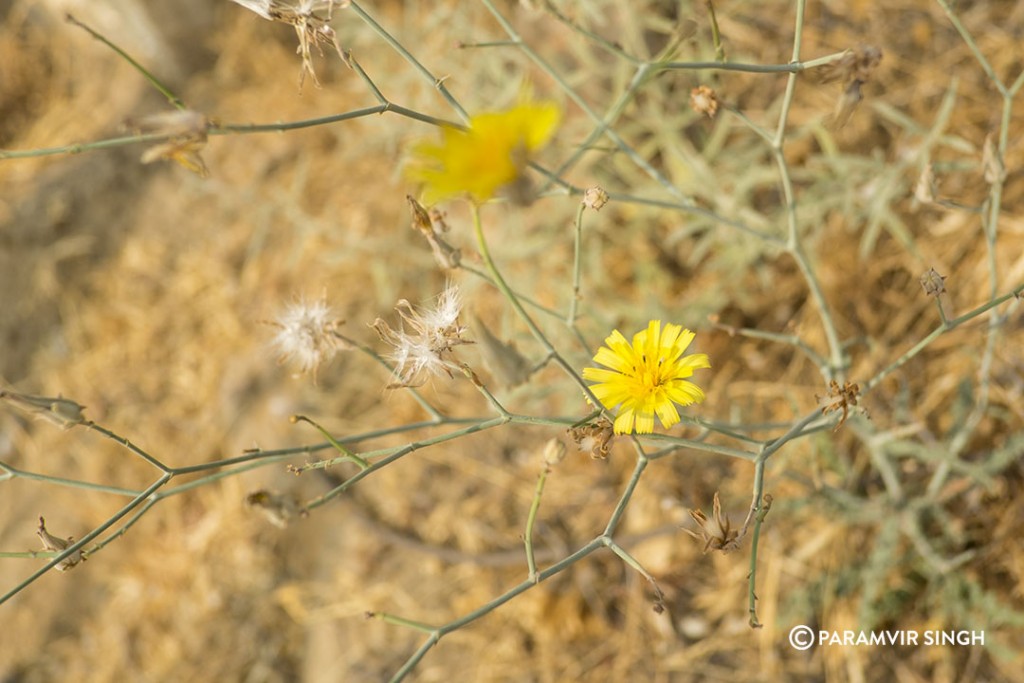
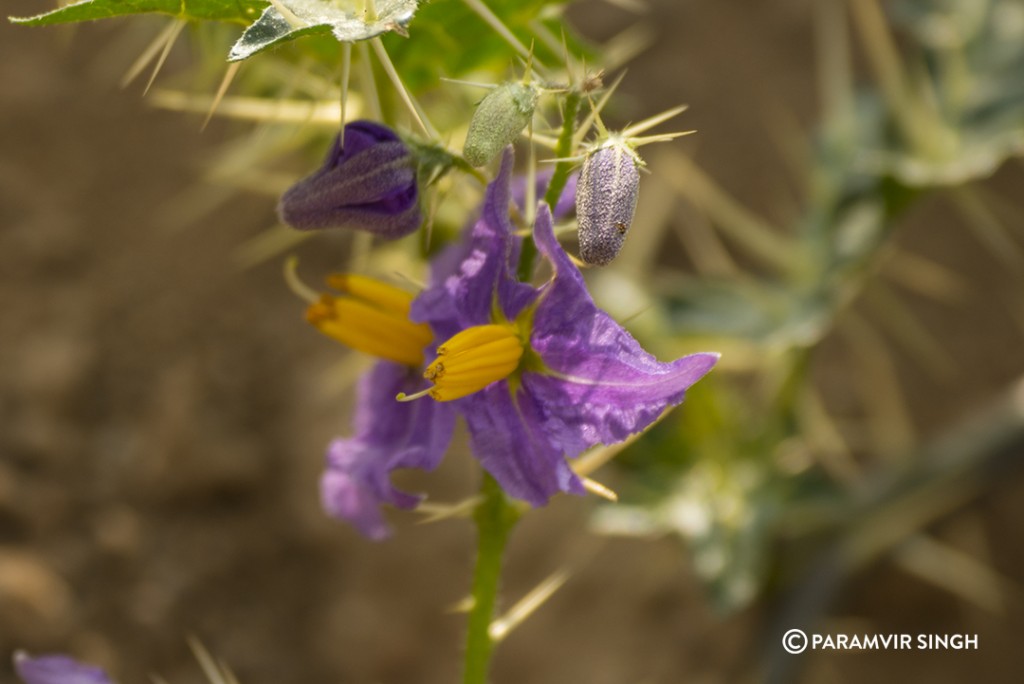
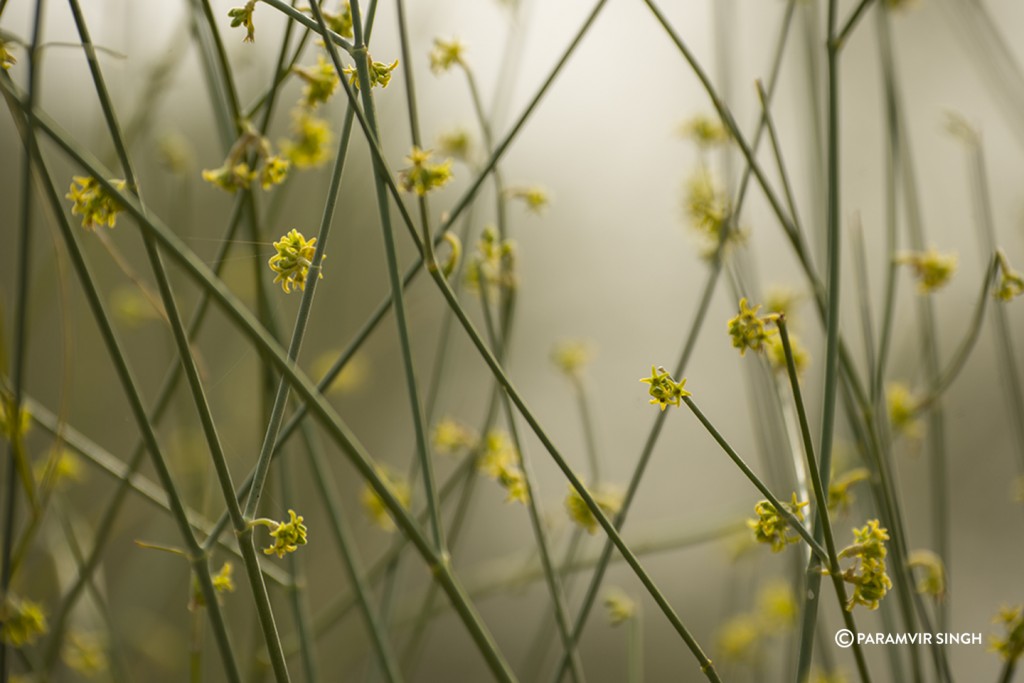
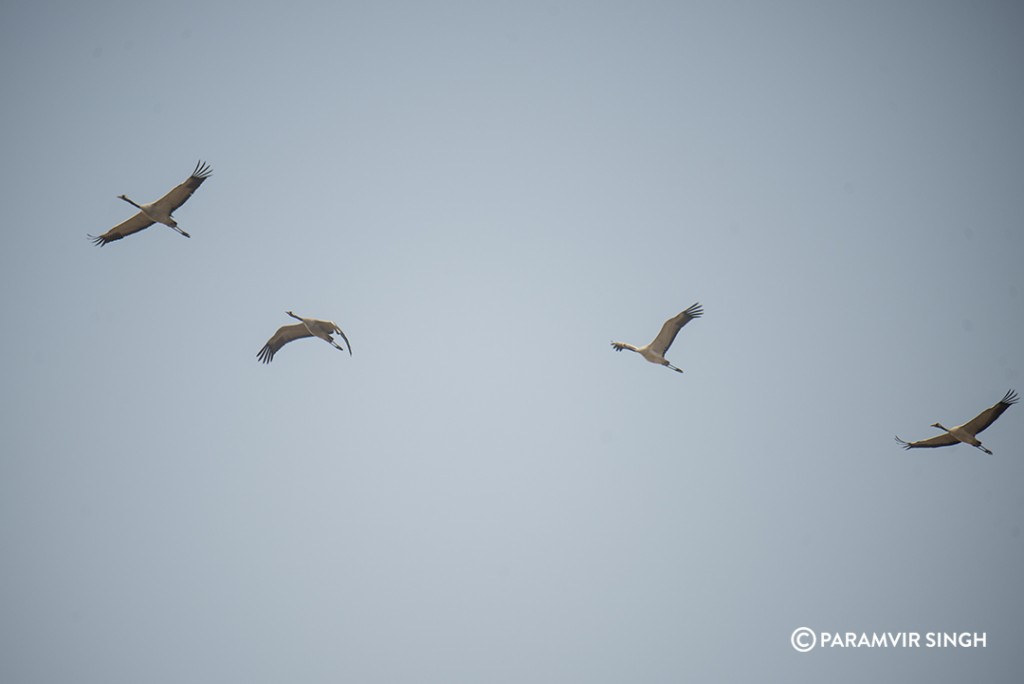
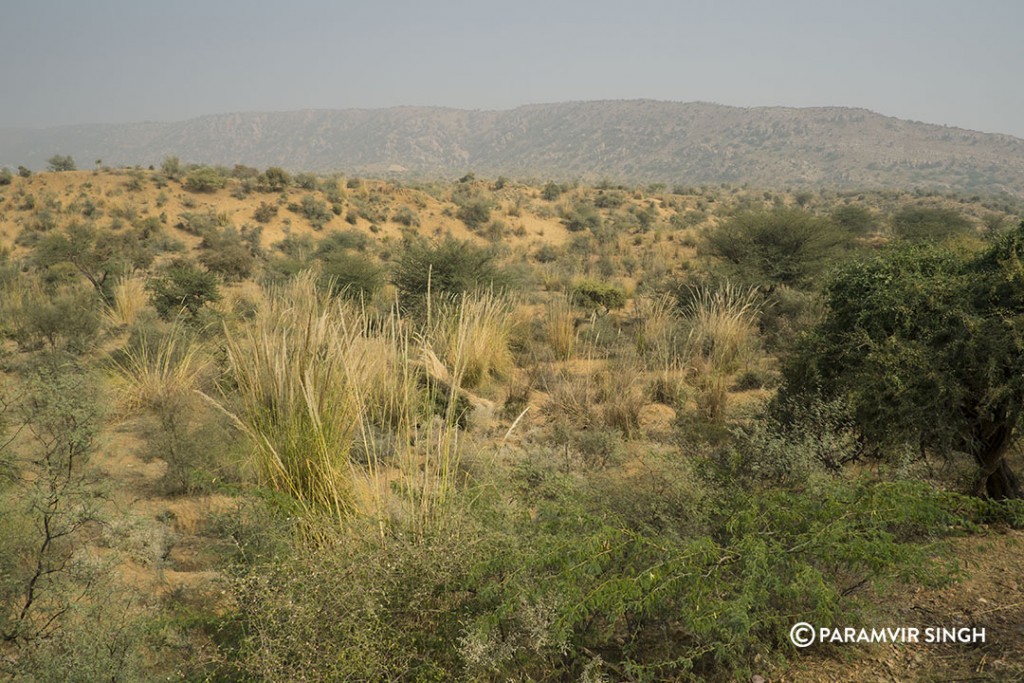
[box type=”success” width=”100%” ]How To Reach by Road: We took the NH8, past Bagru, and took a right at Bichun. A right from Phulera and a right just before the Railway Crossing before Sambhar Lake City and we followed a tiny road through a village to a small water body adjacent to the Sambhar Lake.
By Rail: There’s a Sambhar Lake Railway Station. Just look it up while booking your tickets.
By Air: The nearest airport would be Jaipur. You could book a Taxi from there.
What to do: Sambhar Lake is a Ramsar Site and hence best for birding. The adjacent town is an old one with some heritage structures. Naliasar has important archaeological sites.
Where to stay: Although we stayed in Jaipur, and only made a day trip to Sambhar, there are a few places in the town.
[/box]

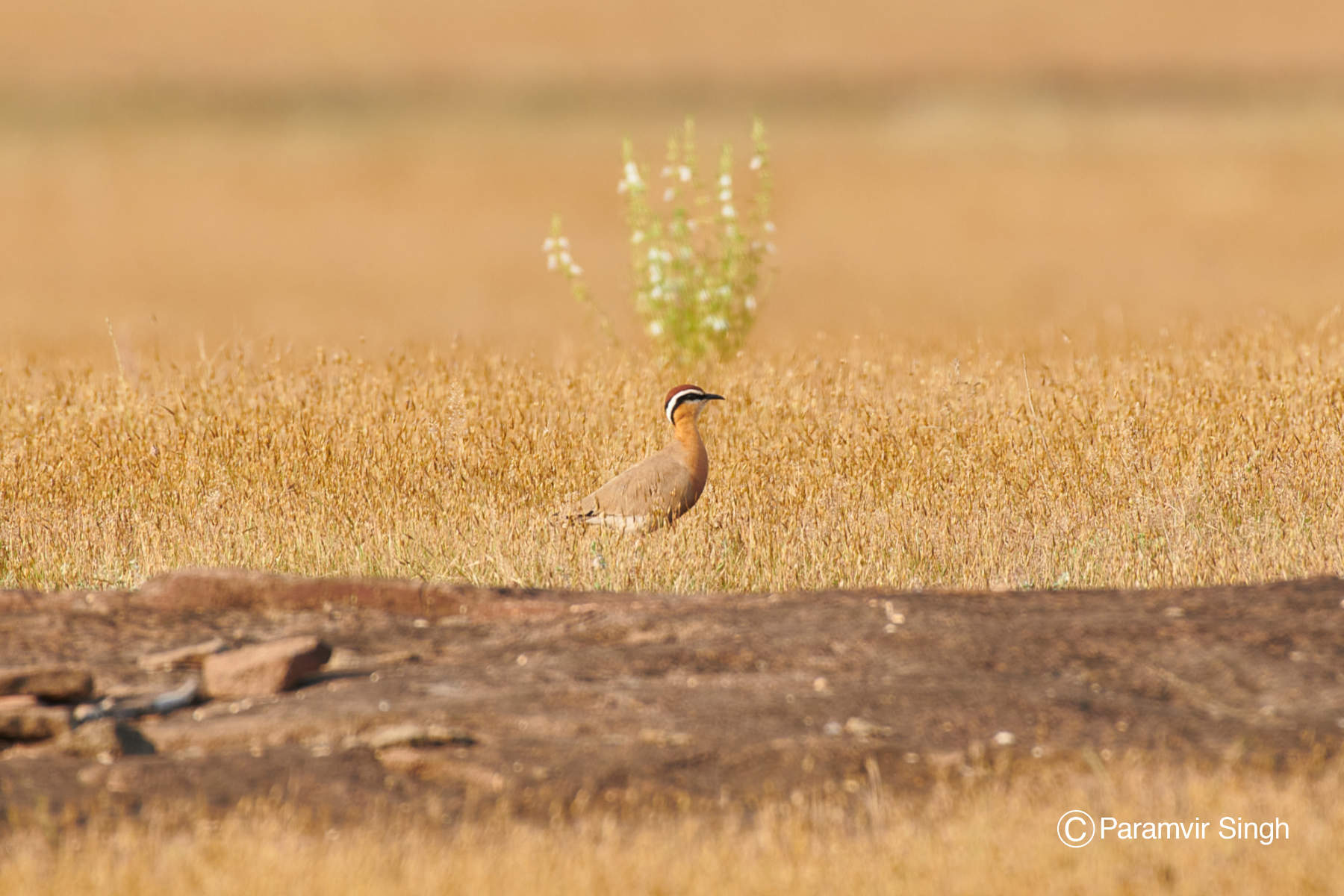


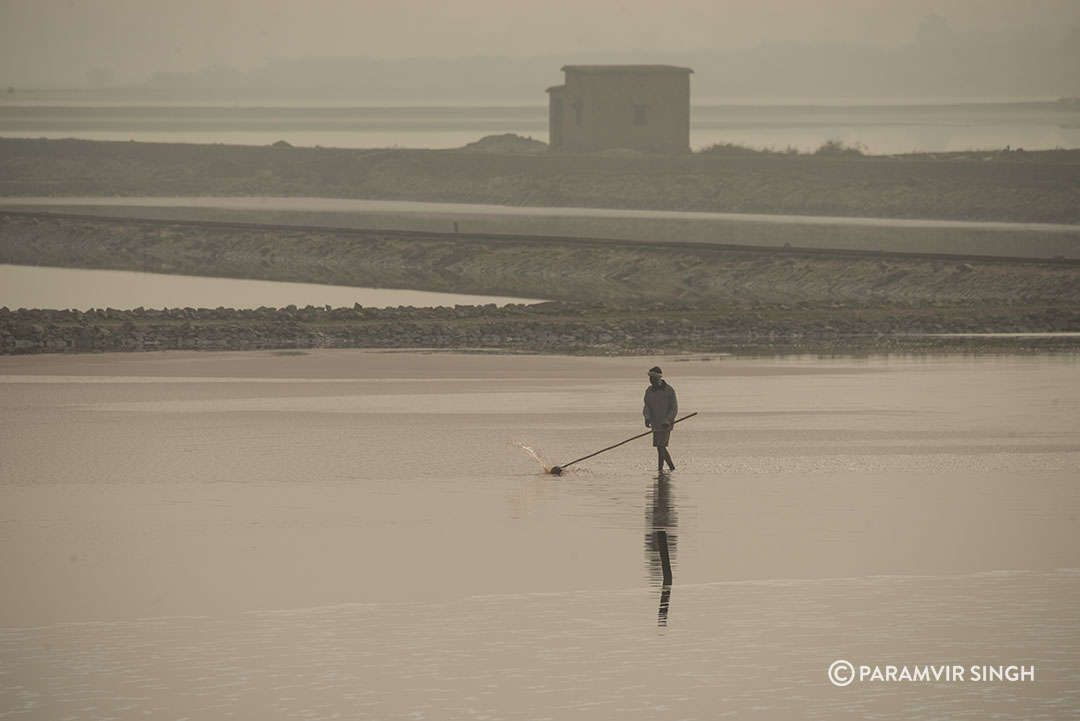

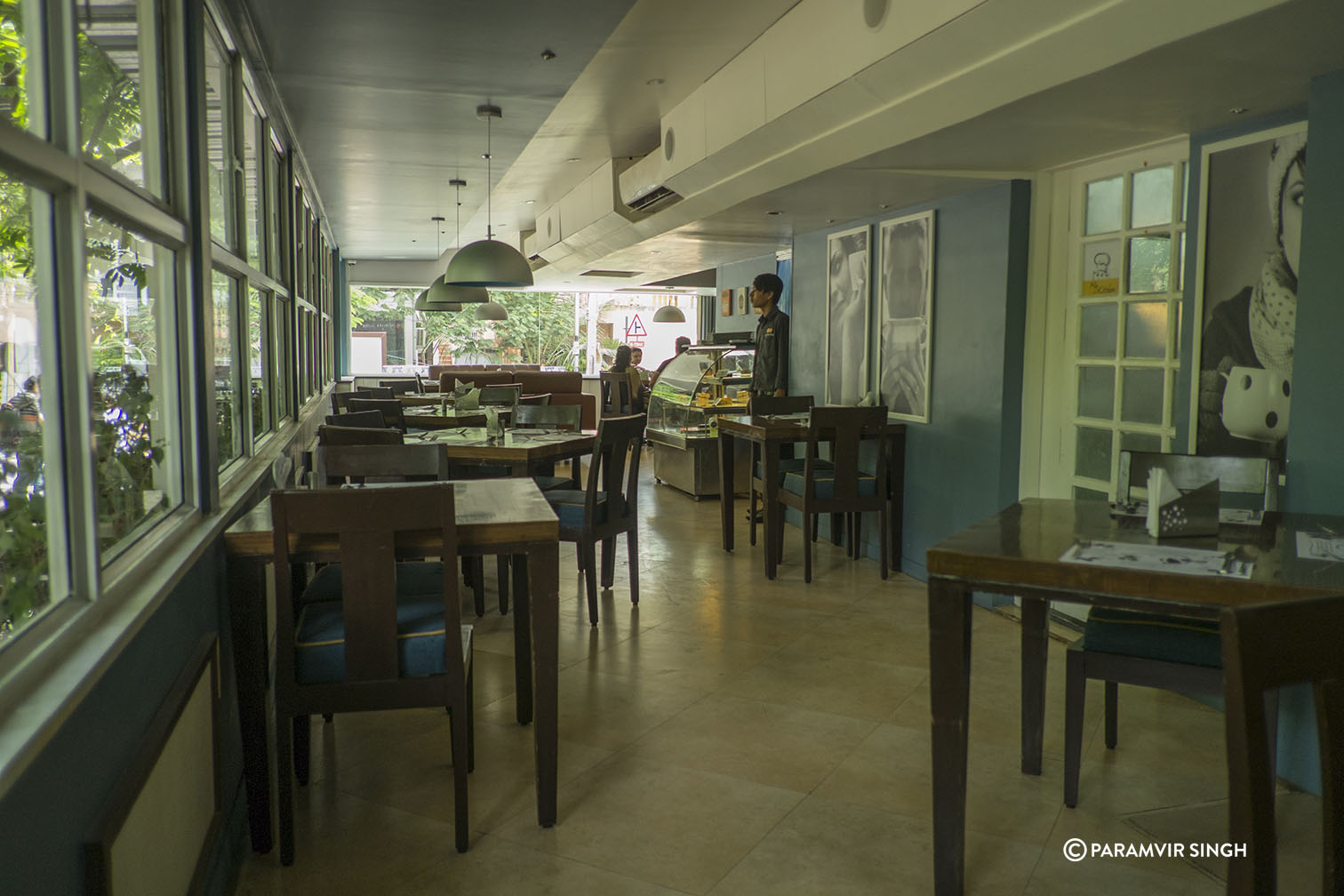
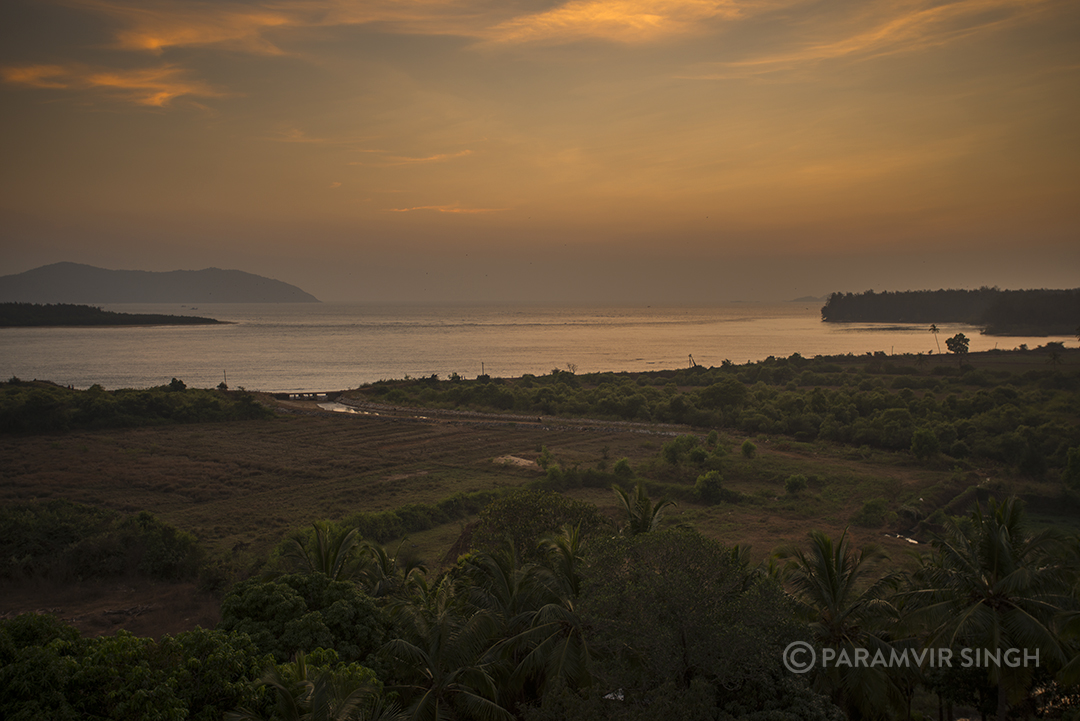
Stunning pictures…
Thanks, Archana…
Great to know it is so doable from Jaipur. I guess you left very early in the morning. I was wondering if the roads were in good shape and how long does it take to reach there? Btw.. lovely snaps.
Thanks. It’s doable in a day, taking roughly 1.5/2 hours to reach early in the morning from central Jaipur. The roads are nice throughout except for the last bit, where the road was being made. But I guess in a few months it would be a new road.
Excellent pics and very useful information in the write up 🙂
The landscape is so different from the normal birding hotspots and I really didn’t know it was that close to Jaipur. Beautiful pictures 🙂
Thanks Vaisakhi! It’s very do-able in one day from Jaipur.
Very informative; thanks for sharing:)
I really liked going through your travel experience to this destination which is now known to many. You got some really nice shots. I have visited the Sambhar lake once and have very fond memories of the place. After reading this article, I am really inspired to visit the place again and show my son these picturesque sites.
Oh wow truly beautiful place. I have been wanting to go, but somehow or the other never managed to till date!
Thanks Mridula!I think winters is perhaps the best season. Though I am warming up to the idea of India in Summers.
those cranes are demoiselle cranes(winter visitors).Thanks for sharing buddy.
Hey Raja! So nice of you to drop by. And thanks for the ID. Now that you mention, yes of course, the are Demoiselle Cranes!